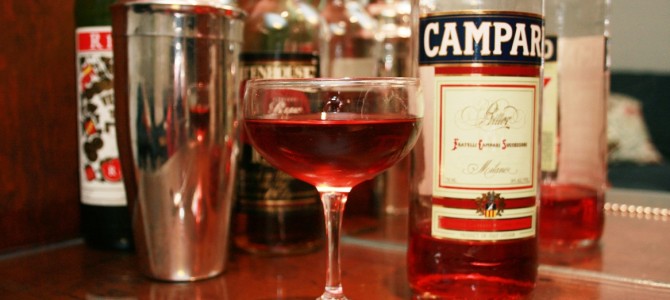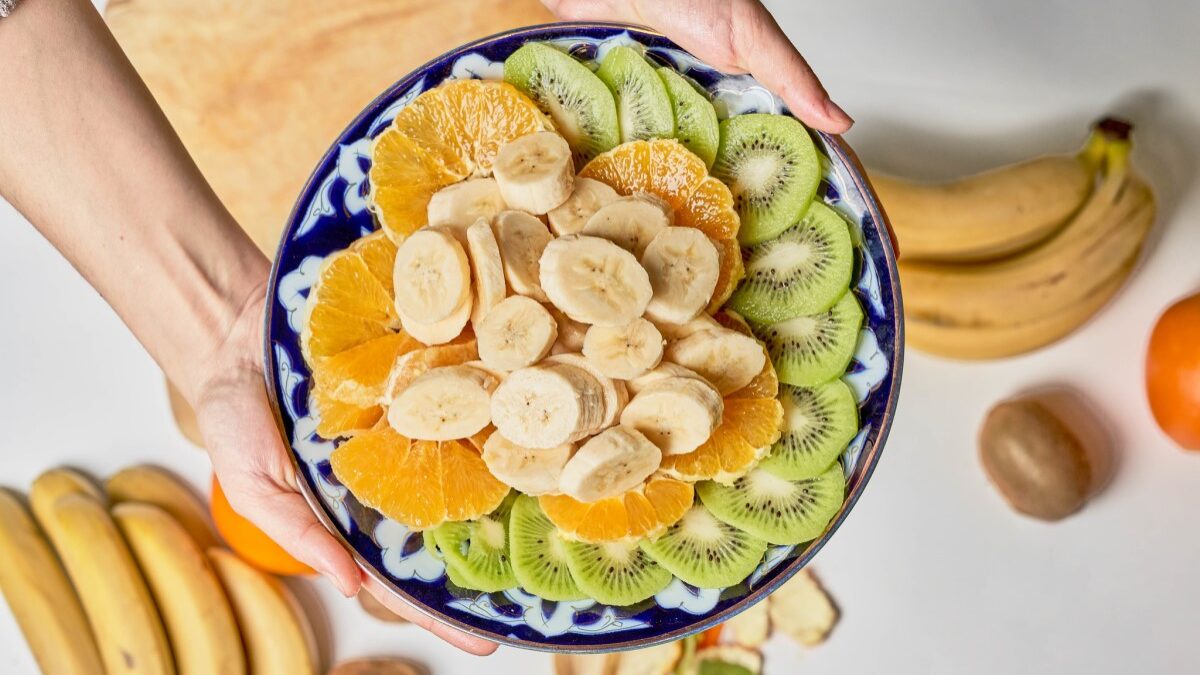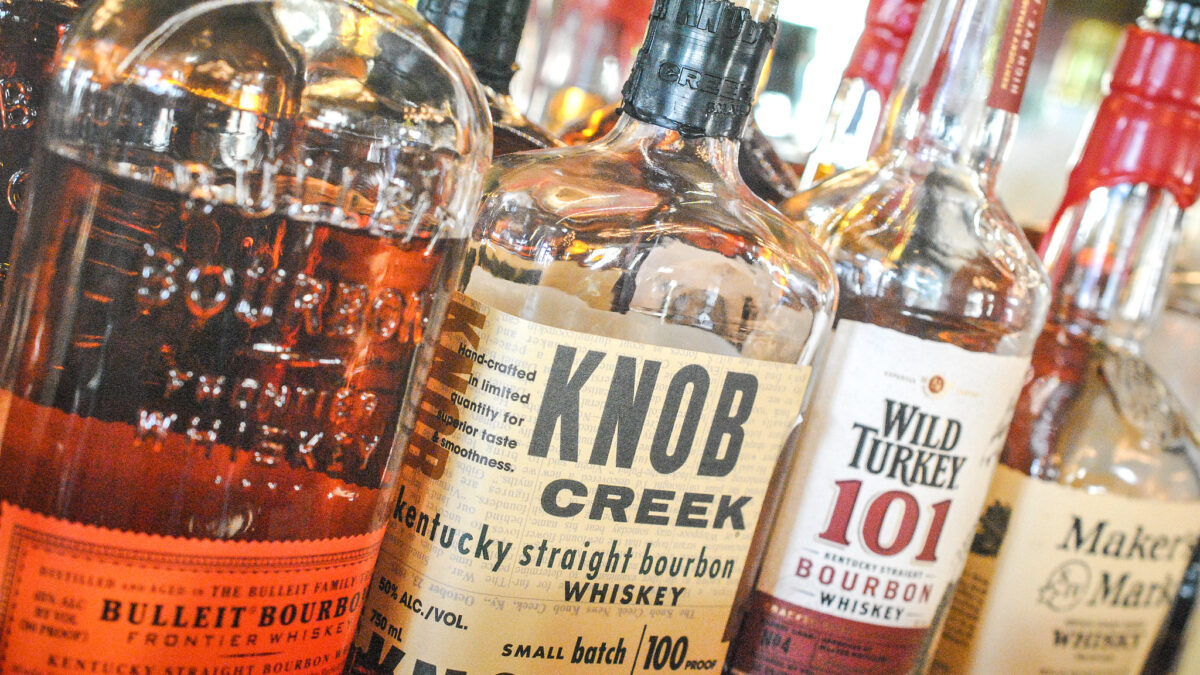Demographically speaking, more and more people of a certain age are moving back to the city these days. It’s not hard to figure out why.
There is the obvious convenience of having most of one’s needs met within walking distance. When a person can’t walk, there is generally an efficient public transportation option available. There are the benefits that come with access to a generally wealthier and higher-skilled population – better doctors, better lawyers, better restaurants, better shops. Not to mention the arts and music, which one must admit are sometimes lacking in the sticks.
Perhaps the foremost reason a return to the city is feasible is that people are putting off marriage and children until later in life. Absent those commitments, they are freer to live the city life at the city’s price. This isn’t to say they are eschewing any and all commitment – as noted by Jonathan Last in his book What to Expect When No One’s Expecting, many of the spaces previously occupied by child clothiers in his neighborhood are now upscale dog boutiques.
If a dog (or a cat, fine) is the only living being relying upon you for comfort and survival, that’s fairly liberating. It’s almost universally frowned-upon to crate a child and go see a movie, for instance. My mother did keep us on a leash in the 1980s (as well she should have with five of us running around, all under the age of six). But that sensible practice seems to have fallen out of favor. Pets are much more conducive to living in the city than children.
But it’s understandable that so many of the growing number of unattached people would be taken with city life and all its charms, and would choose to make a go of it. There is a charge in the air, a sense that something is always happening or about to happen. As the young urbanites inevitably form lasting human attachments and begin having litters of bipedal dependents, they may decide to stick with the city they’ve made in their image.
I myself have never lived in a major metro, though when I lived downtown in what passes for the city around here I certainly appreciated being able to stumble home from the bar down the street.
Some of us may not be able or willing to live the life of the city-sophisticate, but I’m here to tell you there’s no reason we can’t drink like one.
The Boulevardier
The Boulevardier is essentially a Negroni with the gin swapped out for whiskey. This jaunty fellow is superb as an aperitif or for any occasion which demands a simple, classic, refined cocktail. It’s a breeze to prepare and a good way to bring Campari, which I generally consider a warm-weather beverage, into the colder months.
- 1 part Campari
- 1 part sweet vermouth
- 1 part bourbon or rye (I tend to err on the side of rye)
Combine ingredients in a mixing glass over ice. Stir, stir, stir, until it becomes very cold. Strain into a cocktail glass (or a coupe if you’d like to capture a bit of that Prohibition flair). Garnish with an orange peel or a cherry. Some recipes call for a lemon peel. The discerning tippler is given wide latitude in this instance.
You might find that the Campari tends to step on the rest of the drink just a little. In that case, you may up the amount of the whiskey accordingly – I’d suggest adding an extra half-ounce. Like many classic cocktails, the Boulevardier allows you to play with the essential formula to suit your tastes. As you experiment, you’ll find your favorite bourbon may change the profile significantly, as might the combined use of different vermouths. Be sure not to use dry vermouth, though, or you’ll be making a different drink: the Old Pal.
You can also attempt the modern recipe for the Boulevardier, if modernity is your thing. It calls for two parts bourbon or rye and one part each of the rest to be stirred until cold, then poured into a rocks glass with ice. I’m sure it’s fine, but I confess I haven’t bothered with it. I like my cocktails the way I like my jurisprudence: as close to the original intent as possible.
The Boulevardier has a romantic origin tied to a particularly heady period in cocktail history. According to most sources, it was invented in the 1920s by American expatriate Edward Erskine Gwynne. Gwynne was a sort of Prohibition-era Kardashian who ran off to Paris to gad about, be mistaken for the Prince of Wales, get into fights in cabarets, and start a literary magazine to ape the New Yorker. It’s not clear that his Boulevardier magazine had any lasting impact on the world of literature, but Gwynne did lend the name to the fantastic drink he shared with Harry McElhone (of Harry’s New York Bar, located in Paris), who recorded it in his book Barflies and Cocktails. Gwynne went on to die a broken and forgotten man, but this drink, his true legacy, is by my lights the most enduring success he might have hoped to achieve.
The Boulevardier is marvelously balanced, with enough bite to keep it interesting. If you could bottle the feeling you get when you take a brisk walk down a bright city street in your favorite trousers, it might taste a little bit like the Boulevardier. If you could distill the essence of a rich and original turn of phrase, mix it with the sweetness of a life of privilege and the bitterness of frustrated ambition, then you’d have some tortured prose of the sort Mr. Gwynne might have published. But if you were less concerned with that sort of thing and more interested in having a simple, sophisticated cocktail, you’d be well-served to try the Boulevardier.









